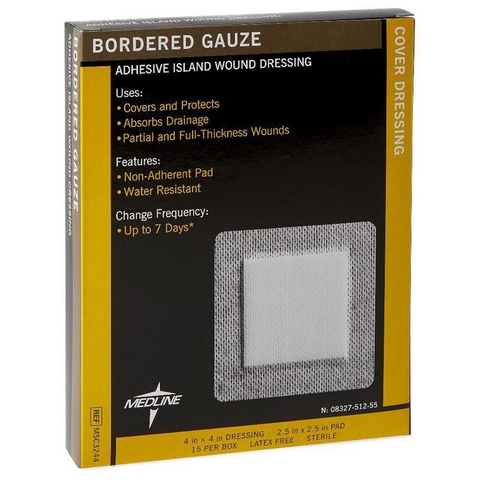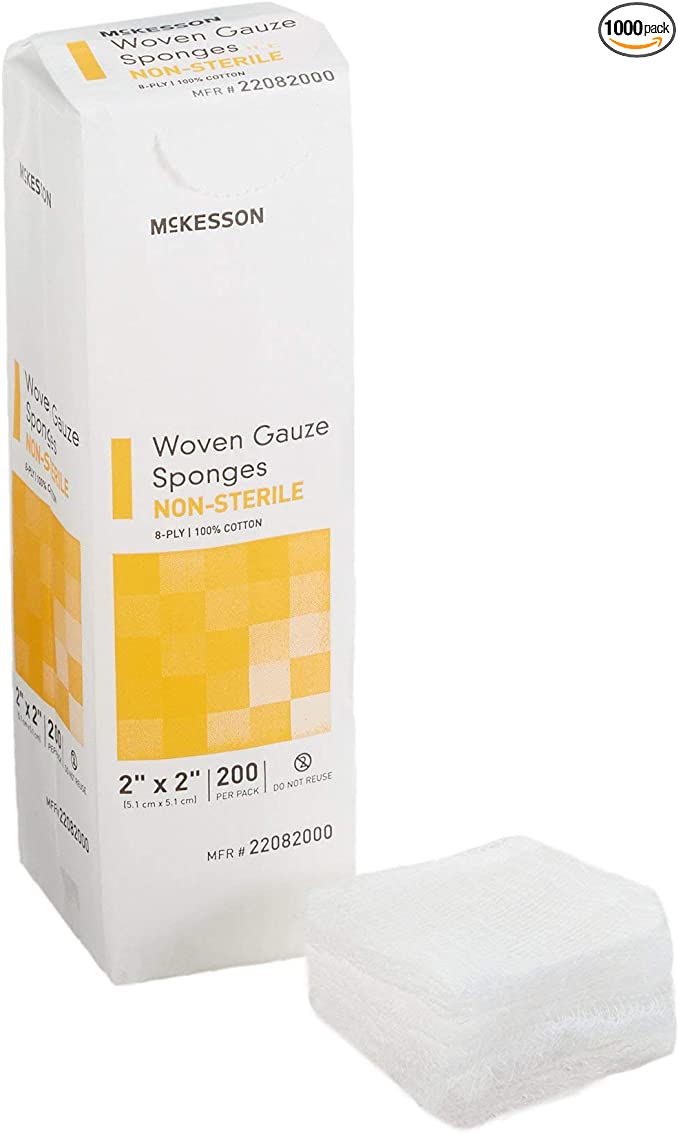
Despite innovation in wound dressing technology, gauze wound dressings are still widely used in several countries due to their cost-effectiveness. Wound care specialists and podiatrists unlike utilize gauze wound dressings for mechanical debridement and primary wound dressings.
Historical Significance
In the past, gauze was the primary wound dressing material used to treat all types of wounds, with its history dating back to ancient Egypt. Woven and nonwoven gauze dressings have different characteristics that need to be understood by healthcare professionals.
Gauze Wound Dressing Types
There are two subtypes of gauze wound dressings: woven and nonwoven. Woven gauze dressings are made from natural cotton and have a lifting effect that can leave small fibers in the wound, potentially causing inflammation. Nonwoven gauze dressings, made of synthetic fibers or rayons, have a lesser linting effect and adhere less to wound beds.
Benefits of Gauze Wound Dressings
Although considered outdated, gauze wound dressings are still widely used in modern wound care. Their benefits include:
- Cost-effectiveness: Gauze dressings are the most cost-effective option when frequent dressing changes are not required.
- Ease of use: Healthcare providers are familiar with gauze dressings, making them a popular choice due to their long history of use.
- Versatility: Gauze wound dressings come in various sizes and shapes, including rolls, strips, ribbons, and pads.
Top Gauze Wound Dressings
Here are two examples of popular gauze wound dressings:
Medline Bordered Gauze (Adhesive Island Dressing)
Features a heavy-duty absorbent soaker and a conformable, nonwoven fabric adhesive backing. Suitable for incision sites and contains no latex. It is waterproof and considered the easiest secondary dressing to use.
Mckesson Border Gauze Dressing
It consists of three layers: bordered gauze that absorbs exudate, a low adhesive layer to protect the wound surface, and an absorbent gauze layer to absorb residual fluids. The dressing is held in place by adhesive tape, maintaining moisture in the wound. It is flexible, soft, and suitable for difficult wound sites. Additionally, it is skin-friendly, making it ideal for daily use.
Application of Gauze Wound Dressings
Gauze wound dressings can be used for the following purposes:
- Secondary dressing: Gauze dressings are commonly used as secondary dressings.
- Wound cleansing: Gauze dressings aid in wound cleansing and maintaining local hygiene.
- Hemostasis: Gauze dressings contribute to achieving hemostasis and bandaging wounds.
Limitations of Gauze Wound Dressings
Gauze dressings have limitations and disadvantages compared to modern wound dressings:
- Inability to maintain optimal moisture levels for wound healing.
- Higher risk of bacterial infection compared to semi-oc